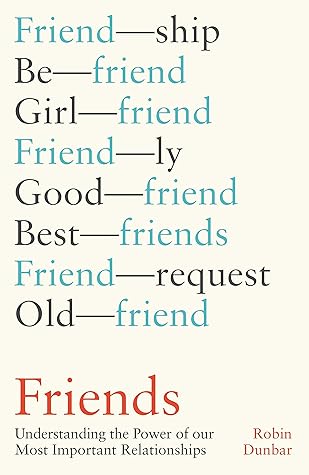More on this book
Community
Kindle Notes & Highlights
Read between
March 31 - April 19, 2024
What we don’t know is whether the size of your brain determines how many friends you can have or whether the number of friends you have determines the size of your brain. There are good grounds for thinking that the latter must be at least partly true.
As Tamas Dàvid-Barrett showed from one of his computer models, communication and group size is likely to go through a ratchet effect in which the two feed off each other, each allowing small increases in the other until they go through a threshold after which everything takes off very fast.
pervasive technology.
Daniel Nettle (now a professor of psychology at Newcastle University) developed a computer model to look at the role of dialect as a mechanism for controlling freeloaders.
(Serfdom was a form of institutionalised slavery introduced into Britain by the Normans from the continent – where it continued to be in use in the Austrian and Russian empires until well into the nineteenth century.)
We don’t need adolescence to become competent in anything except the social world.
The pacing of conversations, the alternation of speaking turns, depends on very subtle cues, some of which are auditory (for example, the rise in pitch that occurs at the end of a contribution and signals that the speaker is about to stop and cede the floor to someone else), but others are visual (we tend to look away from someone while we are speaking to them, but flash them a glance just before we intend to stop speaking). More than this, however, it is probably the many visual cues we get while we are speaking to someone that matter: we can see the smile breaking on the face before we even
...more
Tokyo Institute of Technology pointed out that human eyes are unique in having a white sclera (the white outer part that surrounds the coloured iris in the centre): all other primates have brown or dark brown ones that are much closer in colour to both the iris and the surrounding fur. Our sclera is also much larger, relative to the size of the iris, than in any other species. Our eyes really do stand out in our faces. The white surround with the dark iris means that it is much easier to see whether or not someone is looking directly at you.


